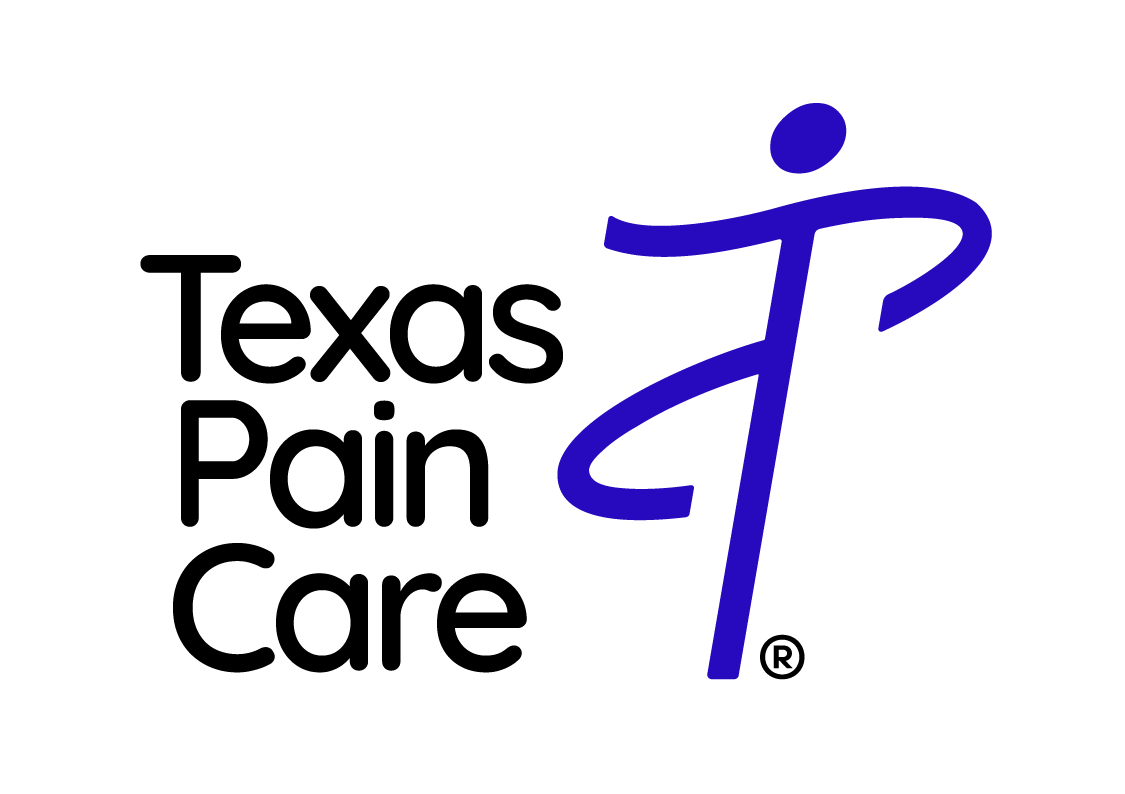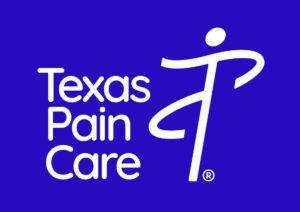
Shoulder pain is a common symptom that can result from a variety of causes, ranging from minor injuries to more complex medical conditions. The shoulder is a complex joint with a wide range of motion, and its pain can impact daily activities. Explore effective Shoulder Pain Management in Houston for relief and improved well-being.






